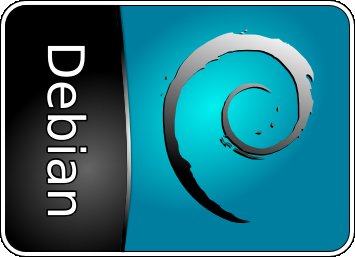People just love the OLPC (One Laptop Per Child) project. The hardware is great: It’s water-resistant, dust resistant and even to a large degree child resistant. The project have made huge innovations, especially in terms of the unique user interface developed for the machine, as well as large amounts of development that have gone into it’s mesh networking technology and the display that has a super-low-power black and white mode that is clearly visible outside in the sun. The project also aims to develop it at US$100 when it is produced on large scale, which makes it a great cheap and durable machine for the developing world.

Jenni with OLPC
Then there’s the slightly lesser well-known Classmate PC. Another low-cost machine intended for use by children. It has a nicer keyboard (although I don’t think it’s water-resistant) and has better processor (the OLPC seems to be a bit underpowered for some of the Python applications people want to run on it). The Classmate PC’s are even capable of running Compiz, which is quite impressive for such a small device. The Classmate PC costs more than US$200, and will probably be more appealing to youth who would already have at least computer at home.

Oli with Classmate PC
Both these laptops use flash memory for storage, which generates less heat and uses less power than a traditional hard disk. In some cases, performance is even increased, since the storage is solid state and there is no seeking that has occur. The innovations in both laptops will benefit young humans everywhere, but why stop there? There are literally billions of adults on this planet that don’t have access to basic information technology and the technology used in the machines mentioned above could certainly be used to create a low-cost, low-powered machine for adults. Or can it?
Yes, it can, and the ASUS Eee is the answer. It contains a Celeron-M Ultra Low Voltage CPU, up to 1GB of RAM, and up to 8GB of flash storage. Just like the OLPC, it also contains a built-in webcam. The great thing about the Eee is that it will make access to information cheap and accessible to people from around the world. Don’t get me wrong though, I don’t think that this is a machine that will only be used by the less fortunate. The compact size and the low power consumption makes it an ideal machine for the traveler. It’s also easier to carry along than the traditional bulky laptop (weighing less than 1KG), and it even has a smaller power supply. What it misses though, in my opinion, is an integraded GPRS/EDGE card. It would probably only cost US$10 per machine to build it in, and would go a long way to help people stay in touch. Eee stands for “Easy to learn, Easy to work, Easy to play“. It will be available with either Xandros (tailored version for this device) or Windows (not that ASUS was really keen on Windows on the device in the first place). The Eee costs around US$400, depending on which options you select.

Eee PC (Photo from ASUS Website)
This is probably not the last low-cost laptop we’re going to see. There will be plenty of manufacturers who will follow, and the great thing is that these machines tend to love GNU/Linux, which should improve uptake of free software everywhere. I suspect that Microsoft will also use its bad business tactics to try to circumvent this, we’re in for interesting times!











Recent Comments